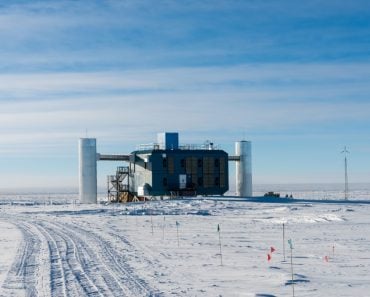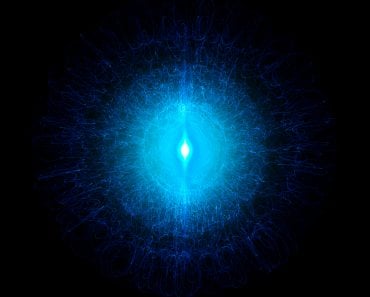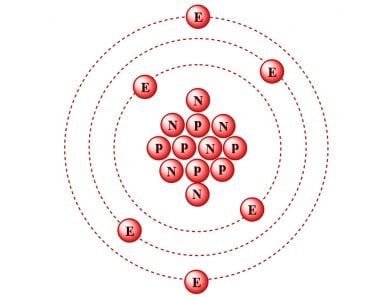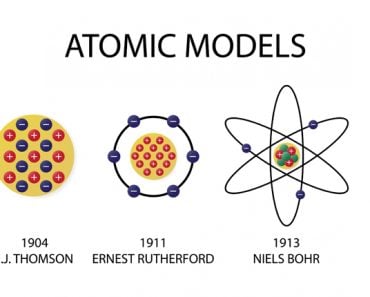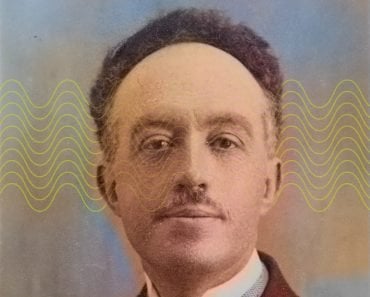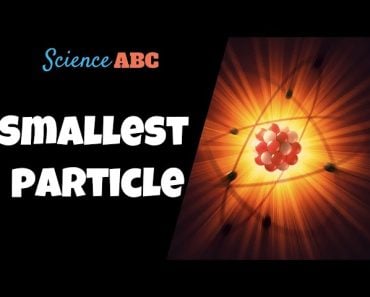Table of Contents (click to expand)
The Wilson Cloud Chamber is a particle detector that reveals the track of sub-atomic particles & radiation in the form of a mist trail; it was used primarily in the early 1900s.
Did you know that with just some alcohol, a transparent container, and dry ice, you can observe the passage of subatomic particles and radiation from the comfort of your couch?

This can be done by building a cloud chamber, which is a type of particle detector. Though primarily a thing of the past, the Wilson Cloud Chamber was a significant invention in particle physics. It helped discover positrons and muons, among other subatomic particles.
Recommended Video for you:
Construction Of The Wilson Cloud Chamber
In the mid-1890s, Charles Wilson invented an apparatus called the cloud chamber. Originally designed to create small clouds and study optical phenomena, it was soon discovered that the chamber could also be used to observe the movement of subatomic particles. Wilson continued to refine his design over the years and eventually created one of the world’s first particle detectors.
The cloud chamber consisted of three sub-chambers: the sensitive, control, and vacuum chamber. The sensitive chamber was a sealed enclosure filled with saturated air, meaning the air held the maximum amount of water vapor it could at the prevailing temperature and pressure. Subatomic particles could be seen passing through this section.
The control chamber contained a piston and a valve that opened to the atmosphere. When the valve was opened, air rushed into the control chamber, pushing the piston upwards and compressing the gas in the sensitive chamber.
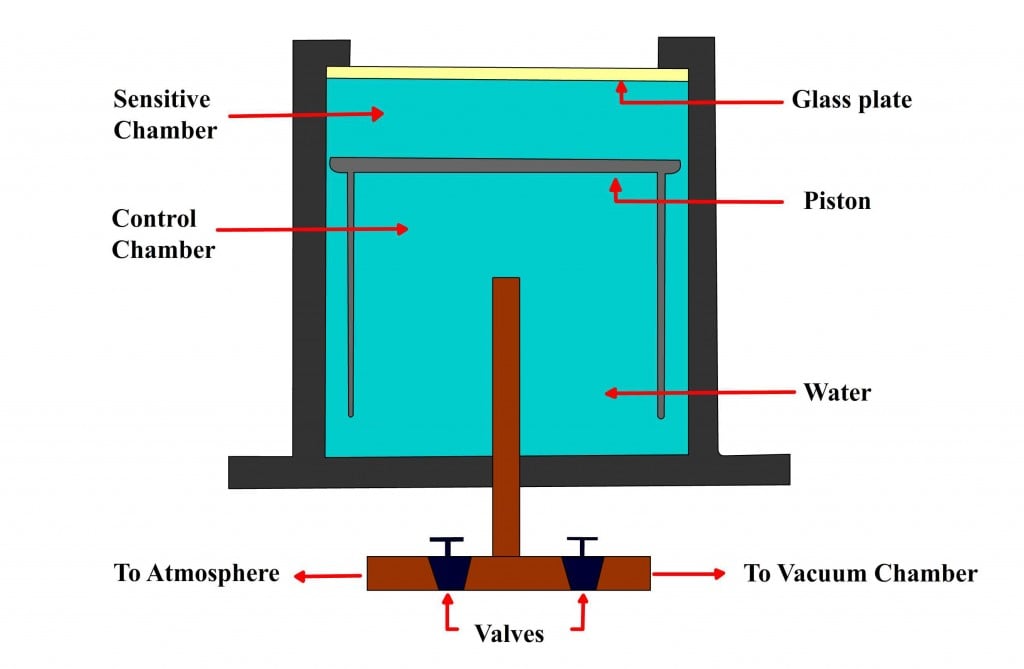
The closing of the air intake valve was followed by the opening of an exhaust valve installed between the control and vacuum chamber. The valve allowed the air in the control chamber to escape, which made room for the air in the sensitive chamber to expand and push the piston down. Due to this repeated compression-expansion cycle of the air, Wilson’s cloud chamber is also known as an expansion cloud chamber. However, the piston resulted in a jerky motion and was later replaced with a rubber diaphragm.
Working Of A Wilson Cloud Chamber
The cloud chamber does not display subatomic particles themselves but reveals their tracks in the form of a fine mist resulting from the condensation of the operating vapor.
Each subatomic particle passing through the chamber creates a unique trail of mist/cloud that helps scientists identify and study their properties and behavior.
The saturated air inside is expanded to operate the cloud chamber, and the piston is displaced downwards. According to the first law of thermodynamics, the air works on the piston, decreasing the air’s internal energy and temperature. This causes the air to become super-saturated, meaning that the vapor is just about to condense but requires an extra impetus to do so.
This extra impetus is provided by the crossing of charged subatomic particles through the sensitive chamber. As charged subatomic particles pass through the chamber, they ionize air molecules by knocking electrons out of their orbits. The ionized molecules attract one another and form a trail of ionized gas molecules.
This trail acts as a condensation center for the supersaturated vapor, and small drops of water condense, forming a misty trail before settling down in the chamber. These trails usually last for a few seconds, and their characteristics depend on the ionizing particle.
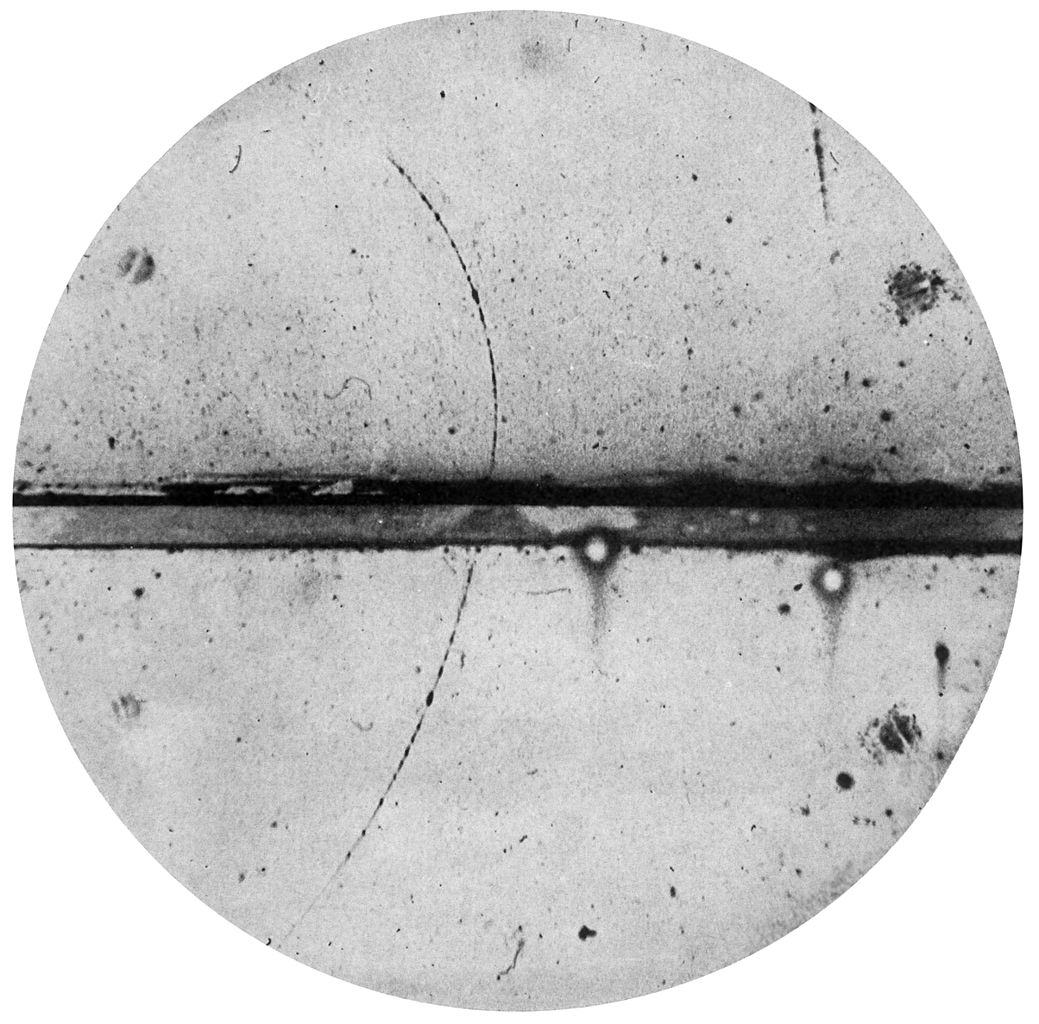
A source of radiation (a radioactive element) is normally used to obtain the best results. Still, the chamber works even without a source, as cosmic-ray muons continuously enter Earth’s atmosphere. The major drawbacks of Wilson’s original cloud chamber included a discontinuous flow of operation and the limited amount of particles it could detect per second.
In 1936, Alexander Langsdorf created a diffusion cloud chamber that could detect radiation continuously. Langsdorf used alcohol instead of water vapor because alcohol has a lower freezing point. The diffusion cloud chamber was designed to simplify Wilson’s original cloud chamber. Langsdorf used a simple glass container with a warm top and a cold bottom.
Ducts on either side of the container helped to vaporize alcohol, while dry ice was used to cool the bottom surface.
The temperature difference between the top and bottom surface creates a steep temperature gradient, which causes the saturated vapor to become super-saturated. Since the temperature gradient is always maintained and the chamber does not use a piston to achieve this, the passage of radiation can be continuously detected.
The rest of the working procedure remains the same as Wilson’s original cloud chamber.
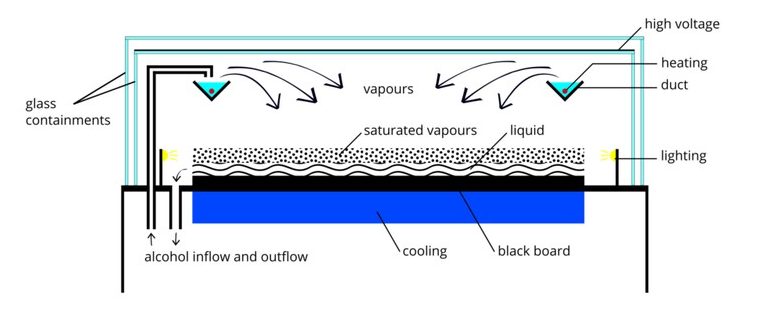
A Final Word
For nearly 30 years, the Wilson Cloud Chamber was the prime particle detector and stood at the forefront of research in particle physics. The chamber’s 30-year reign concluded with the invention of other superior chambers, namely, the bubble chamber, spark chamber, wire chamber, etc.
The bubble chamber shares the working principle of Wilson’s particle detector but boasts an enhanced structure and can reveal the tracks of more energetic particles. The wire chamber, an advancement of the spark chamber, can detect up to 1,000 particles per second, whereas bubble chambers can only detect 1-2 particles per second.
The inventors of the above-mentioned particle detectors (Charles Wilson, Donald Glaser & Georges Charpak, respectively) were all awarded Nobel Prizes in physics for constructing the paraphernalia for multiple essential studies in the field. Without those men and their machines, much of what we currently know about subatomic particles and radiation would still be shrouded in mystery!
Last Updated By: Ashish Tiwari
References (click to expand)
- Hazen, W. E. (1942, June 1). Some Operating Characteristics of the Wilson Cloud Chamber. Review of Scientific Instruments. AIP Publishing.
- Cloud chamber experiment.
- Cloud chamber experiments: alpha radioactivity and ....
- CHALONER, C. (1997, September). The most wonderful experiment in the world: a history of the cloud chamber. The British Journal for the History of Science. Cambridge University Press (CUP).

